(Above: Swiss operator Air-Glaciers had as many as 16 Lamas and five Alouettes in its fleet in 2005. Last year, it sold its last Lama. Peter Schneider Photo)
Once the undisputed king of the mountains, the Aérospatiale SA 315B Lama helicopter is now facing permanent grounding following more than half a century of legendary service.
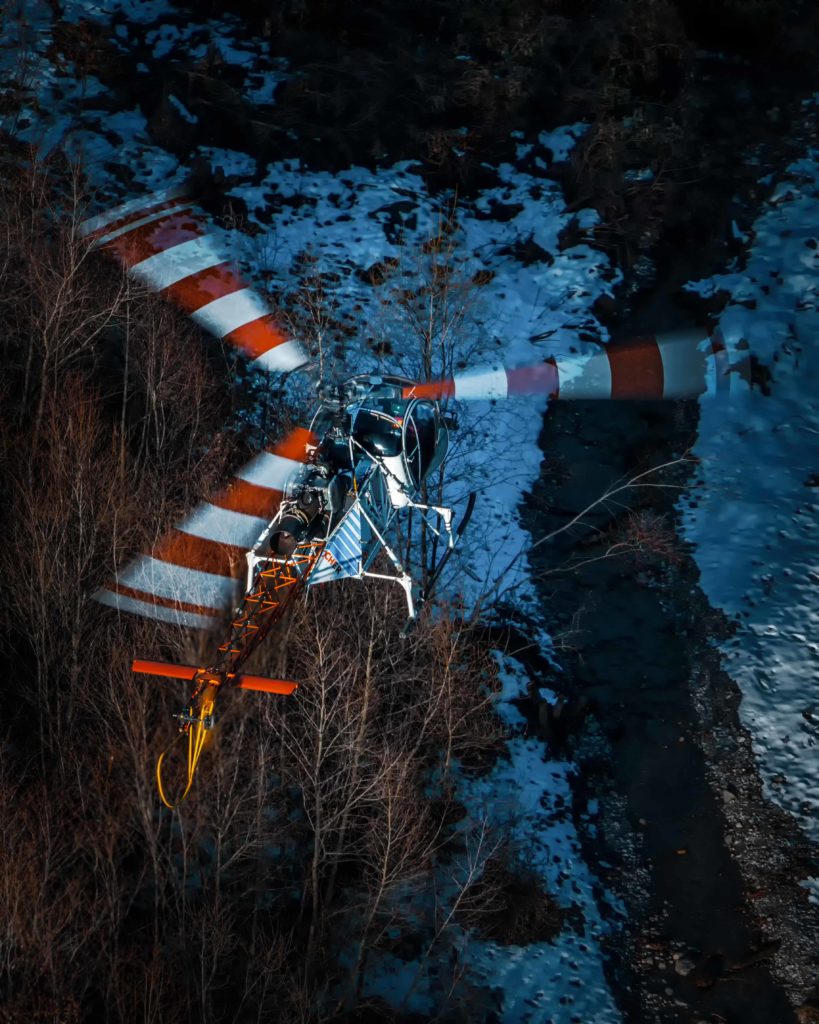
Citing difficulties with maintaining airworthiness and flight safety, Airbus Helicopters — which holds the type certificate for the Lama as well as its predecessor, the Alouette III — notified operators on March 23, 2022, that it was conducting a “global situation analysis” of the Alouette and Lama fleets.
The OEM bulletin indicated this analysis is being performed “as part of a reflection on the continuation or withdrawal of Alouette & Lama type certificates.”
Operators of these types were asked to submit their in-service fleet details by May 30, 2022. But, while the manufacturer encouraged operators to come forward to share their information, not every operator seems to have received Airbus Information Notice 3752-I-00.
Scott Chase, president of Essential Flight Operations in Darrington, Washington, is one of the Lama operators who was not contacted. Instead, he received the notice via a friend at Switzerland’s Air Zermatt.
Chase’s company operates four airworthy SA 315B Lamas and has parts and inventory on hand for an additional five airframes.
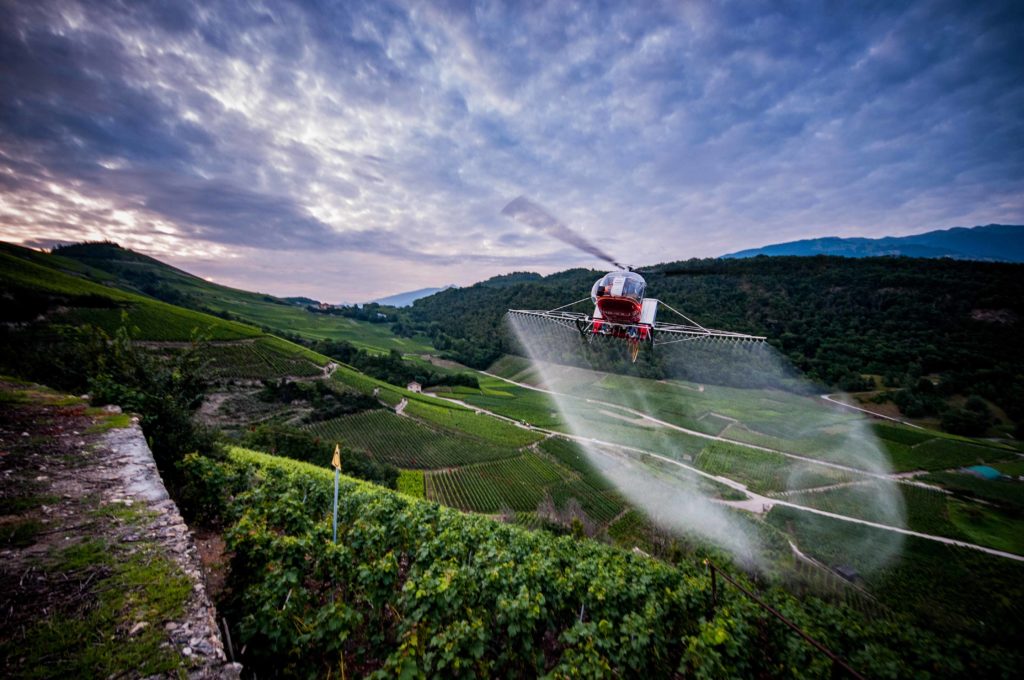
Founded in 2009, Essential Flight Operations focuses on utility and agricultural work, using its Lama fleet for spraying, fertilizing and forestry jobs. In addition, the company provides global maintenance support to Lama and Alouette operators, helping them source parts and complete maintenance. Chase’s wife, Gabriela, is chief pilot at the company.
“We obtained our first Lama out of Washington state about two years ago,” Chase told Vertical. “It’s exceedingly simple and robust. They are very comfortable to fly. Everything about them makes them a fantastic helicopter for the utility world.”
Originally designed to meet Indian military requirements for hot-and-high performance in the Himalayas, the single-engine SA 315B Lama first flew in 1969 and was certified the following year. It was the result of combining the lightweight Alouette II airframe with the dynamic components of the Alouette III.
On June 21, 1972, Aérospatiale test pilot Jean Boulet set a helicopter altitude record in the Lama, soaring to 40,820 feet (12,442 metres).
Reportedly nicknamed the “mule of the air” by the pilots that flew her, the Lama quickly established itself as the most capable helicopter for mountain operations. Indeed, it facilitated considerable alpine development, including ski resorts, mountain bases and more.
Operators also used the craft for oil-and-gas exploration, longlining and lifting, firefighting with a Bambi Bucket, and search-and-rescue missions. In fact, they quickly found the Lama, powered by the Turbomeca Artouste IIIB1 turboshaft engine, could go where other helicopters could not follow.
According to Airbus Helicopters, there were 3,245 Alouettes and Lamas built over the years, which have recorded over 19 million flight hours.
But, as the decades passed, the costs of operating the Lama increased and parts became more difficult to obtain.
To combat this problem, Essential Flight Operations began stockpiling airframes and inventory. Recently, it purchased two Lamas from Air-Glaciers in Switzerland.
“Operational costs have been historically high when dealing with Airbus on component overhauls,” said Chase. “The fleet has gotten small . . . due to a lack of support for perhaps the last six to seven years.”
Airbus believes there are 202 Lamas and Alouettes still in service, combining to record 18,500 flight hours in 2021.
Speaking in Unison
Chase said there have been industry rumblings for some time that Airbus was looking to surrender the Alouette and Lama type certificates.
When his friend at Air Zermatt sent him the Airbus information notice, it wasn’t a big surprise. Immediately, Chase sat down to email the manufacturer. He wanted them to know that Essential Flight Operations was interested in assuming the Alouette and Lama type certificates, along with the responsibility of supporting the global fleet. In fact, he’d been trying to communicate that to the OEM for some time, but hadn’t had any luck connecting with the appropriate person.
“I would like to emphasize that we have a strong interest in continuing the H1IN and 7H1 type certificates,” wrote Chase on March 24. “We are flexible in coming up with a solution that benefits all parties involved. This solution could be in the form of us becoming the certificate holders, an agreement between Airbus and our company, or many other creative solutions.”
On April 8, an Airbus Helicopters representative replied. He indicated that “the global support of the Alouette platform is no longer possible, for several and various reasons.”

The listed points include difficulties in manufacturing and delivering spare parts, “the impossibility to perform overhaul on [the] Artouste engine,” as well as the fact that main and tail rotors for the aircraft are no longer manufactured.
The Airbus spokesperson also told Chase that several customers have asked the manufacturer to withdraw the type certificate, “in order to have those Alouette classified as collection aircraft.”
He concluded by saying that while Airbus appreciates Chase’s passion for these aircraft, “the conditions are no longer met for Airbus Helicopters (or any other entity) to be able to maintain those type certificates. The situation deteriorates year after year, Airbus Helicopters is therefore no longer in a position to ensure continuing airworthiness and the flight safety at the expected level nowadays.”
Flight safety is the big concern for Claude Vuichard, renowned aviation safety advocate and president of the Vuichard Recovery Aviation Safety Foundation.
“From my side, I look at the safety,” he told Vertical during a telephone interview. “For me, it’s important who is taking care of it, what you can do with the aircraft, and what does it mean if the TC (type certificate) is withdrawn? The business is gone, except maybe air work in certain countries.
“One of the main problems I see is with the engine, with no maintenance or spare parts,” continued Vuichard. “My position as a safety expert is that you need to know where parts are coming from. It’s really important for the safety angle. To be safe, you need to have access to spare parts with a guarantee they are coming from a reliable source.”
In his response to Airbus, Chase reiterated his desire to assume the Alouette and Lama type certificates and suggested possible solutions that he feels would benefit both the OEM and operators.
“For a very long time, Airbus has not been interested in supporting this aircraft anymore,” he told Vertical, speaking specifically of the Lama. “To my knowledge, I’m the only one who wants to take it over. If we had the type certificates, we would be responsible for manufacturing new parts. We would support our own fleet and other operators around the world, and we would be responsible for ensuring safety compliance with operators.
“But if Airbus wants to keep the type certificates, then I’d be willing to establish a Lama-specific Part 145 repair station to perform component and engine overhauls.”
For engine overhauls, Chase pointed out to Airbus that there are still some facilities with this capability. In addition, he said, a U.S. facility currently has approval to manufacture SA 315B composite rotor blades.
Despite making his pitch to Airbus, Chase isn’t very optimistic at this point.
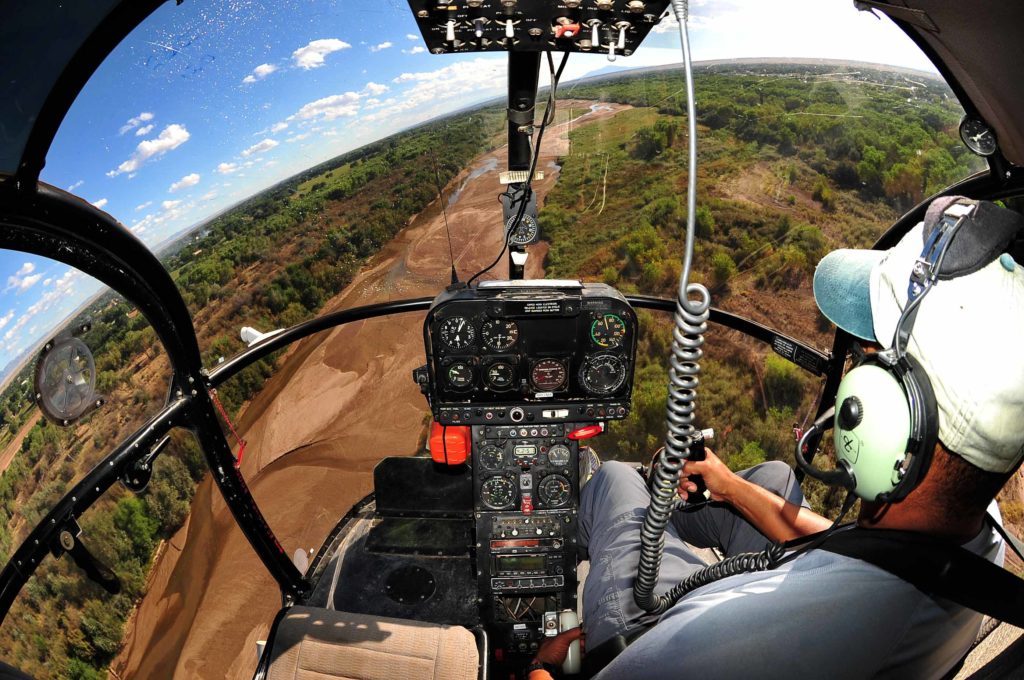
A May 4 email, the most recent he received from Airbus on the matter, noted that the OEM was still in discussions with the European Union Aviation Safety Administration (EASA) about withdrawing the Alouette and Lama type certificates. However, wrote the spokesperson, “I prefer to warn you that it is unlikely that Airbus Helicopters will transfer the type certificate [for the] Alouette to your company or to any other.”
Vertical approached Airbus Helicopters for comment, but had received no reply by the time this article was published.
Chase is frustrated. Without a type certificate, Essential Flight Operations could continue to legally operate the Lama for a short period of time, at least until all available parts have been cannibalized off its spare airframes.
“The problem is that the aircraft would be completely unsupported,” he lamented. “Many other countries that operate the Lama won’t be able to operate it legally anymore. It invalidates supplemental type certificates and it’s the nail in the coffin for the Lama at that point. It will be an economic disaster for anyone operating these helicopters. It’s an unfortunate situation.”
Nothing Like a Lama
Western Aerial Applications of Chilliwack, British Columbia, is the only active SA 315B Lama operator in Canada.
Founded in 1986, the specialized aerial applications company has been flying the Lama helicopter since the late 1990s. Currently, Western Aerial has five in its fleet — but to conserve parts and engines, it generally operates only two at a time.
“Our number one business is forestry,” said Josh Jonker, general manager of Western Aerial. “Our main focus is helping to grow trees through brush control and fertilization, and the Lama is a key asset. I think most operators are finding it difficult to get parts for it, like we are. We are starting to think beyond the Lama, towards a [Airbus AS350] B2 or B3 replacement, but that’s a loose term. Nothing replaces the Lama. You can’t compete with it, because you give up some capability somewhere — the Lama is still unmatched as to what it can do in the mountains.”
Jonker cited the Lama’s incredible tail rotor authority, excellent rate of climb and pilot visibility, as well as its powerful engine, as the type’s key attributes for high altitude precision work. Its engineers put the emphasis on weight savings and exceptional utility performance.
“I can talk to you for hours about why the Lama outperforms anything else in the mountains,” he told Vertical. “The B3 is beautiful, but it’s all about smoothness and passenger seats. In contrast, the Lama is a stripped down, no-nonsense pickup truck — not a limousine. When your only business is aerial applications, the B3 doesn’t cut it. The Lama is so good all day long at hauling things.”
Jonker received the Airbus information notice in March and said it’s obvious the language is getting more pointed.
“A notice like that sends a message: Suppliers, don’t put any more money into maintaining this aircraft. They begin to reduce their parts inventory, so whether or not it takes effect, it sends a message through the industry not to invest in the Lama.”
He said that in the fixed-wing world, aircraft older than the Lama are still supported by their OEMs.
“Our reaction is, can they really do this? Pull the rug out from underneath us? They may say it’s because of the low numbers, but there really is no replacement,” continued Jonker.
“There are other companies that have bought type certificates from other manufacturers, and that is a solution we would support, especially if we were involved somehow. We are looking for creative options on two fronts: Airbus and Turbomeca [Safran], for the engine. I’m hoping that if somehow we could get one to turn, maybe the other would as well.”
If the type certificate is withdrawn, Jonker said Western Aerial will have to stop flying the Lama, which is why it’s now looking at a contingency plan. Unfortunately, he noted, that means it “would have to absorb the inefficiencies and make the most of another aircraft.”
End of an Era?
Swiss operator Air-Glaciers obtained its first SA 315B Lama in 1971. Ralf Tonezzer, the company’s technical manager, said the helicopter quickly became a symbol in the Swiss Alps.
“It proved its efficiency and versatility both in transporting people and equipment, rescue missions and vineyard spraying flights,” he wrote in an email to Vertical. “As proof of its efficiency, Air-Glaciers counted 16 Lamas and five Alouettes in its fleet in 2005.”
However, the end of an era came in May 2021, when Air-Glaciers said farewell to its last Lama — selling the aircraft and all related inventory to Chase at Essential Flight Operations.
“Since the engine of the last Lama in the fleet had reached the end of its service lifetime, this was the time chosen to say goodbye to this great helicopter model,” wrote Tonezzer, who added the company has replaced it with the AS350 B3, which he said has “quicky become the new standard.”
Unfortunately, Tonezzer feels the end of the Lama’s commercial operations probably can’t be prevented.
“It’s sad that the withdrawal of the type certificate seems to be forthcoming. We decided to sell [the aircraft] to Scott Chase because we wanted to support him in his project and we were excited that HB-XRE would continue to fly in North America.
“But this kind of aircraft may continue to be operated as historic aircraft for private flights, even without valid type certificates, in consultation with national aviation authorities and their laws,” continued Tonezzer. “It will always be a great pleasure and a nice memory when, in the future, hopefully a Lama can be admired in the sky in a national historical category.”
For his part, Chase is in no rush to see Alouette and Lama helicopters relegated to historical status.
“We have a helicopter that has been in service for more than half a century in the most challenging environments,” he said. “Over this time period and millions of hours flown, pilots, mechanics, and the OEM have been able to identify areas that are critical to flight safety on the Lama. The actual flight data is there to show how safe this aircraft actually is. Combine this with modern technology, and you would have an aircraft that surpasses the safety of new aircraft with real-world flight data to prove it.”
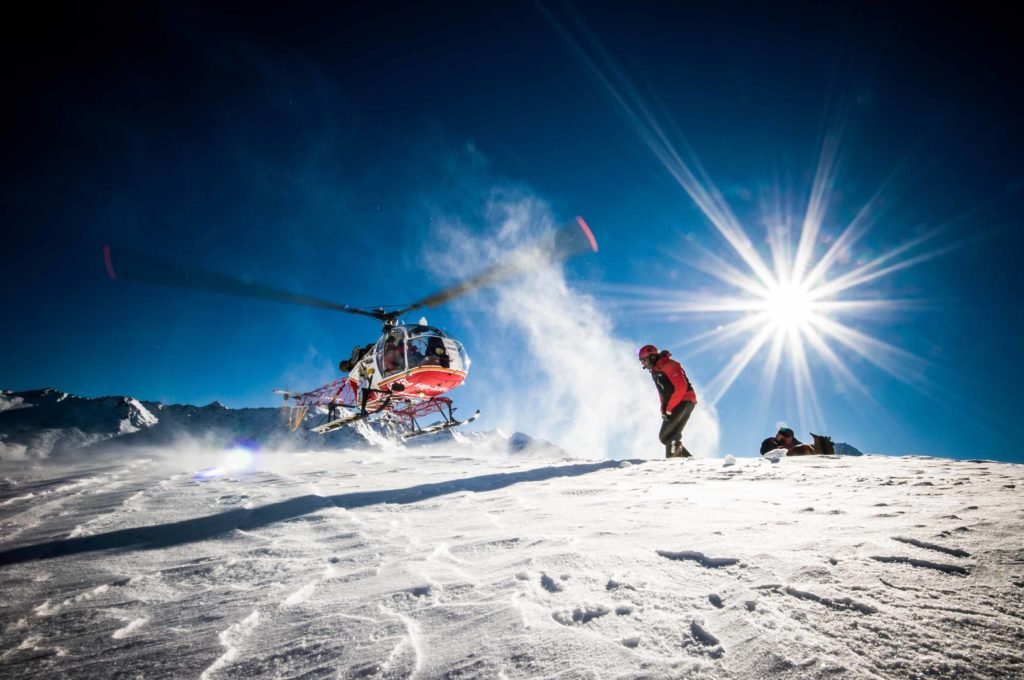
He encouraged all affected operators to contact Airbus Helicopters promptly about the situation, since it impacts business viability for the entire community.
“I’ve done everything in my power to come up with a solution, but Airbus does not seem interested,” he said. “I think it’s very urgent that other operators speak up about this situation because it will affect all of us financially. It’s just a very unfair situation. Airbus should allow someone else to take the lead on this.”





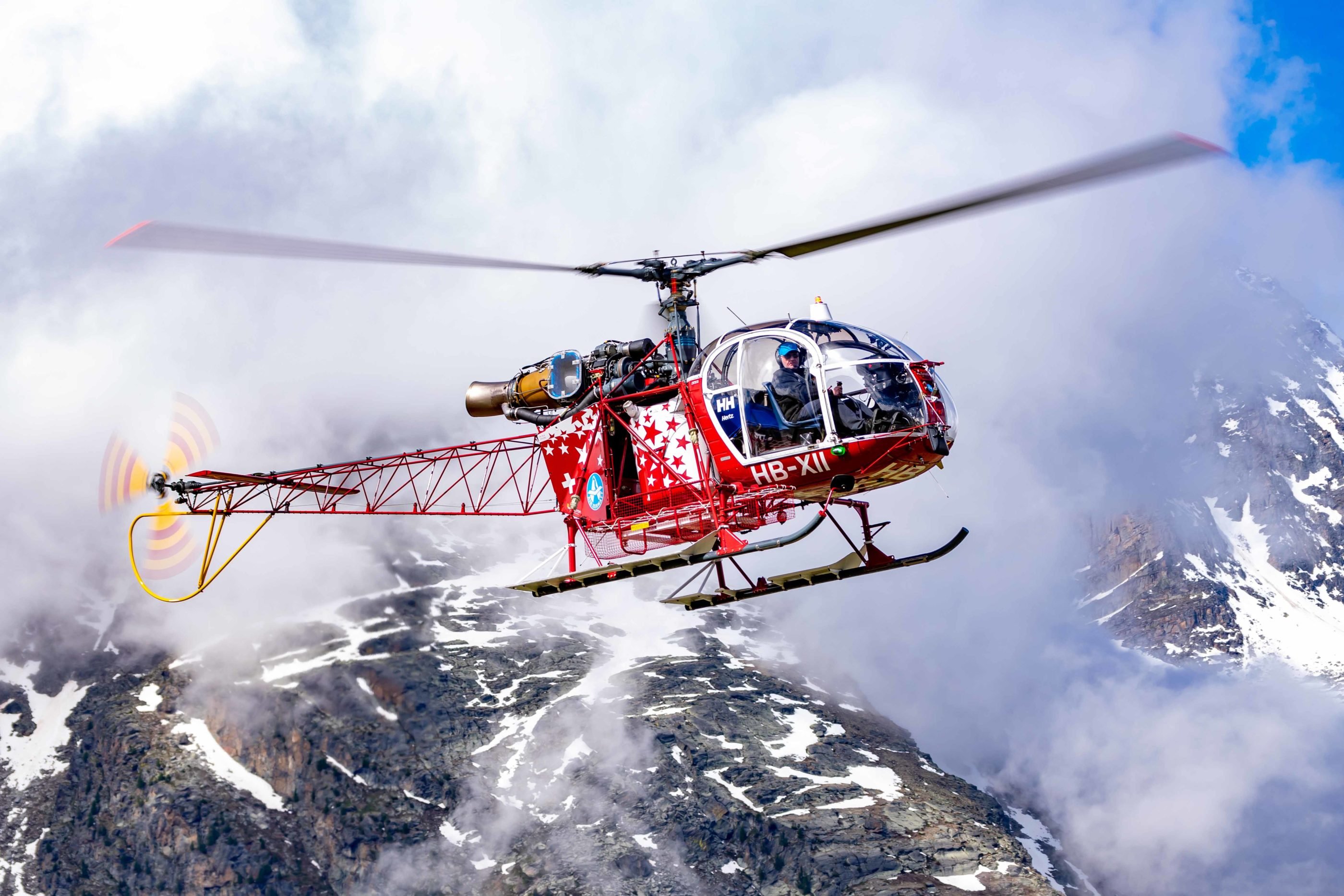
I am importing a prestine Alouette II into Canada. First one in a long time.
Thank you Airbus !